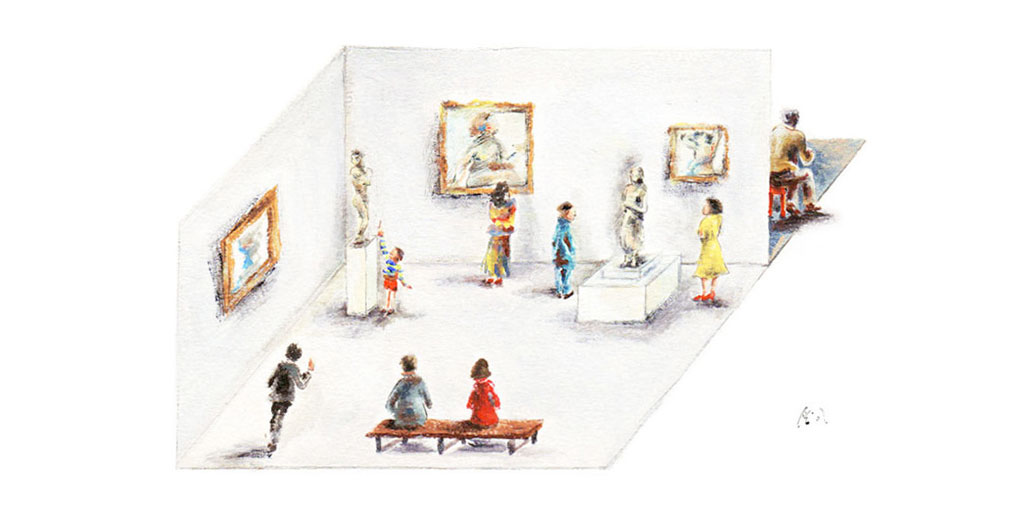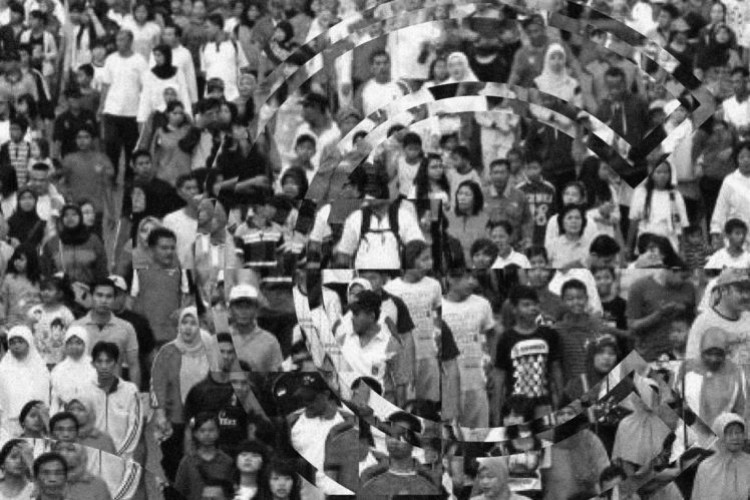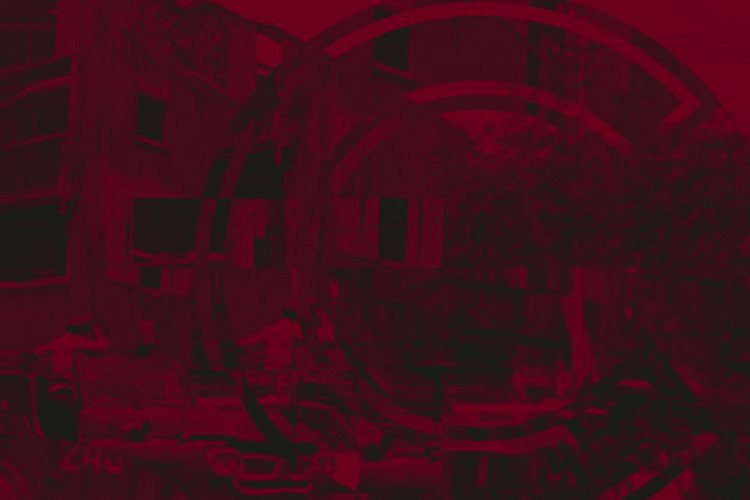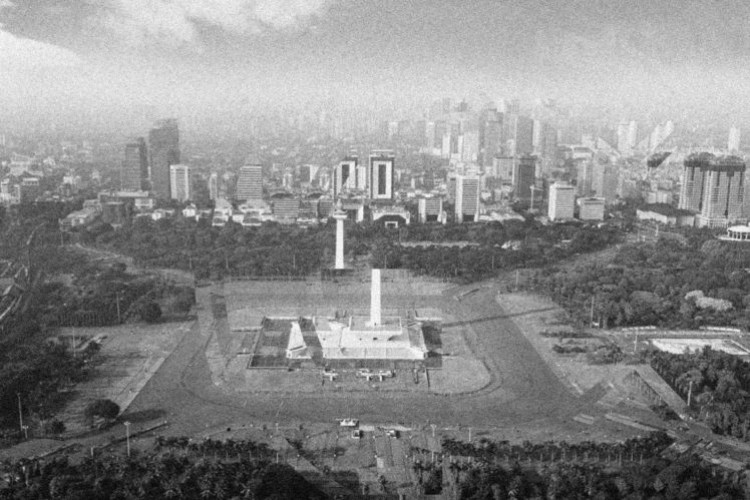A New Generation of Curators?
Why curating is an art that needs to be explored

While there is plenty of news about the growth of contemporary Indonesian art, little is heard about local curatorial practice. The last few years saw the exposure of many young artists in local and international exhibitions; yet curators whose names float around the art world remain to be the products of an older generation. Are we really only breeding a new generation of artists and not curators?
The loose definition of what curating is shapes the common assumption that, as with photography, everybody is a curator. No one is all that surprised, for instance, to see “curatorial projects” in a department store or a “curated selection of products” in supermarkets. This is exactly the challenge that curating faces today. In an era where information circulates so freely, how does a curator distinguishes his/ her position? What makes curating a specific area of expertise? How is it different from mere selecting, editing and organizing?
Bad weather delayed my flight, and I arrived late at Rumah Seni Cemeti (Jogjakarta) on 9 January 2013, for the 4-day workshop “Forum Kurator Muda” (or “Young Curators Forum). The gallery space was already filled with unfamiliar faces sat in a circle, smiling faintly as they listened to an explanation about the last curatorial project one of them was involved in. This was interesting. As a newcomer to the field myself, opportunities to meet others who are ready to jump into the territory are rare, and I was keen to fully exploit the chance.
The workshop was initiated by Cemeti and known curator Alia Swastika, who had invited a group of 16 young curators to participate. This event was part of a long list of activities organized for Cemeti’s 25th anniversary. Established in 1988, it was founded by husband-and-wife Nindityo Adipurnomo and Mella Jaarsma, and continues to be one of Indonesia’s most influential artist-run spaces. They have extensive global and local networks, and regularly host an exciting range of programmes from exhibitions, residencies to other experimental art projects. No doubt that Cemeti has made their mark in the map of contemporary art, and their 25 years of struggles and achievements certainly deserve a massive celebration.
For the next few days Alia will lead our discussions, and listening to the group, I discovered that only 2 of us are based in Jakarta (M.G. from the local art community Serrum and myself). Some were Masters’ students and assistant lecturers from Bandung’s prestigious university ITB, while most were from Jogja and are working in art or cultural spaces like Langgeng Art Foundation, Kunci Centre for Cultural Studies, and so forth.
Unfortunately I had lecturing schedules back home, and was only able to stay for the first half of the workshop. This was enough, though, to make me realize how the workshop was a real, concrete effort of turning curatorial practice into a common discourse in Indonesia. Whereas in more developed parts of the world curatorship is quickly becoming an academic staple (think about the increasing number of Curatorial Studies programmes abroad), Indonesia is a place where curatorship remains a neglected area of study.
The lack of (credible) art education institutions make practitioners take this pressing problem into their own hands. The much-respected Ruangrupa, for instance, have held writing and curating workshops before. It is only natural, then, that we begin to question why the number of curators who are also academics (there are a few of them) have never made an attempt of taking their practice into a scholarly arena.
As I listened to Agung Hujatnika(jennong)’s seminar on the second day of the workshop, however, it turns out that ITB has future plans for specific curatorial courses. This may seem promising, but it stands to be seen whether the university – already encrusted with their own traditions – will be willing to accept major changes. Word on the street is that Universitas Indonesia (Jakarta) and Universitas Parahyangan (Bandung) are also opening new Art faculties, but again, speculations are rife.
To me, this further proves how important and influential alternative spaces are in sustaining the growth of Indonesian art practices. And I’m not only talking about the artists; there are potential future curators, writers, critics, academics, and gallerists out there who also need specific platforms inside this perplexing, complicated world of art. With the lack of government support, these spaces are taking the small steps necessary in making a big difference. In the case of “Forum Kurator Muda”, Cemeti was providing a much-needed arena where curatorship – as a practical and intellectual undertaking – was discussed, debated, and negotiated.
Bearing this in mind, a 4-day curatorial workshop no longer seems like a baby’s footprint.
Rumah Seni Cemeti’s 25th Anniversary “Turning Targets” is a yearlong programme that runs all through 2013. For more information see 25years.cemetiarthouse.com/program.











